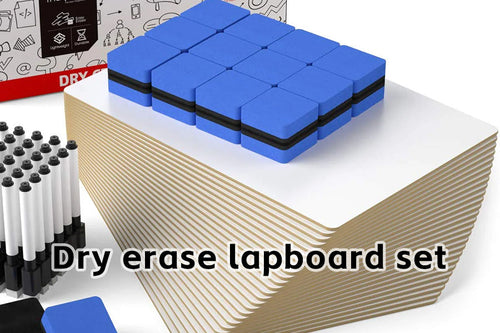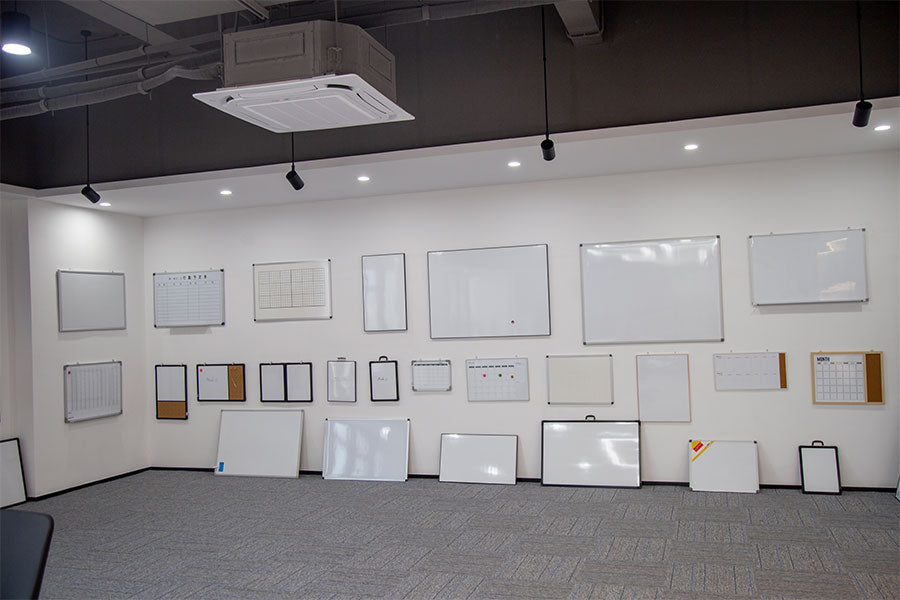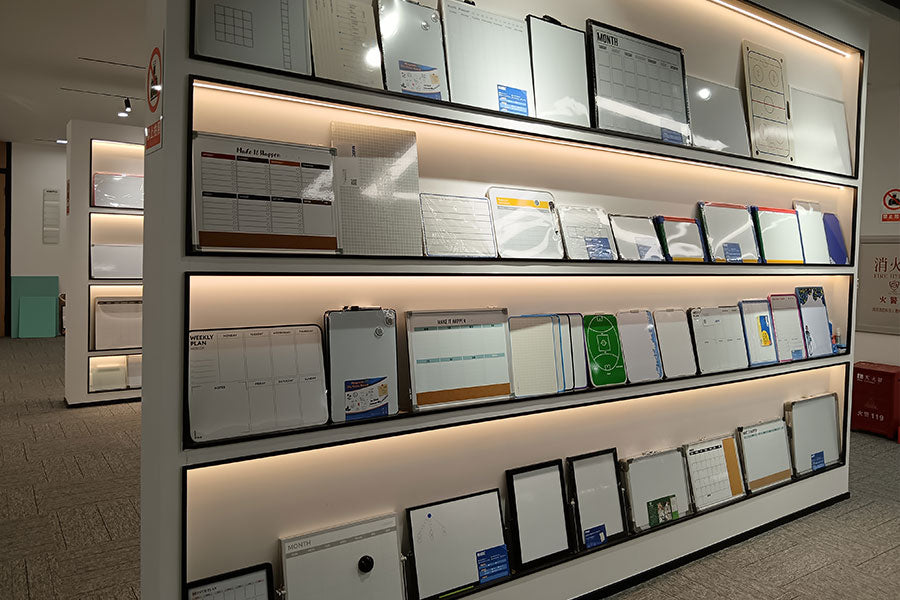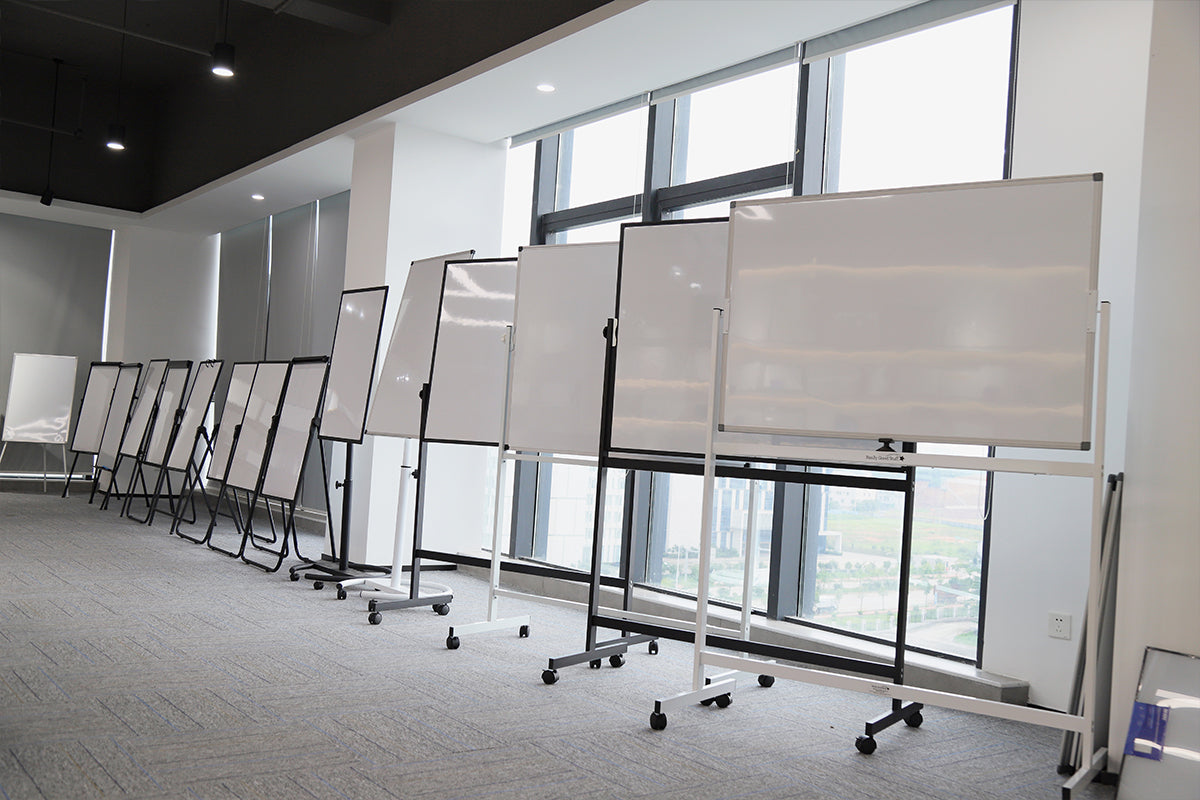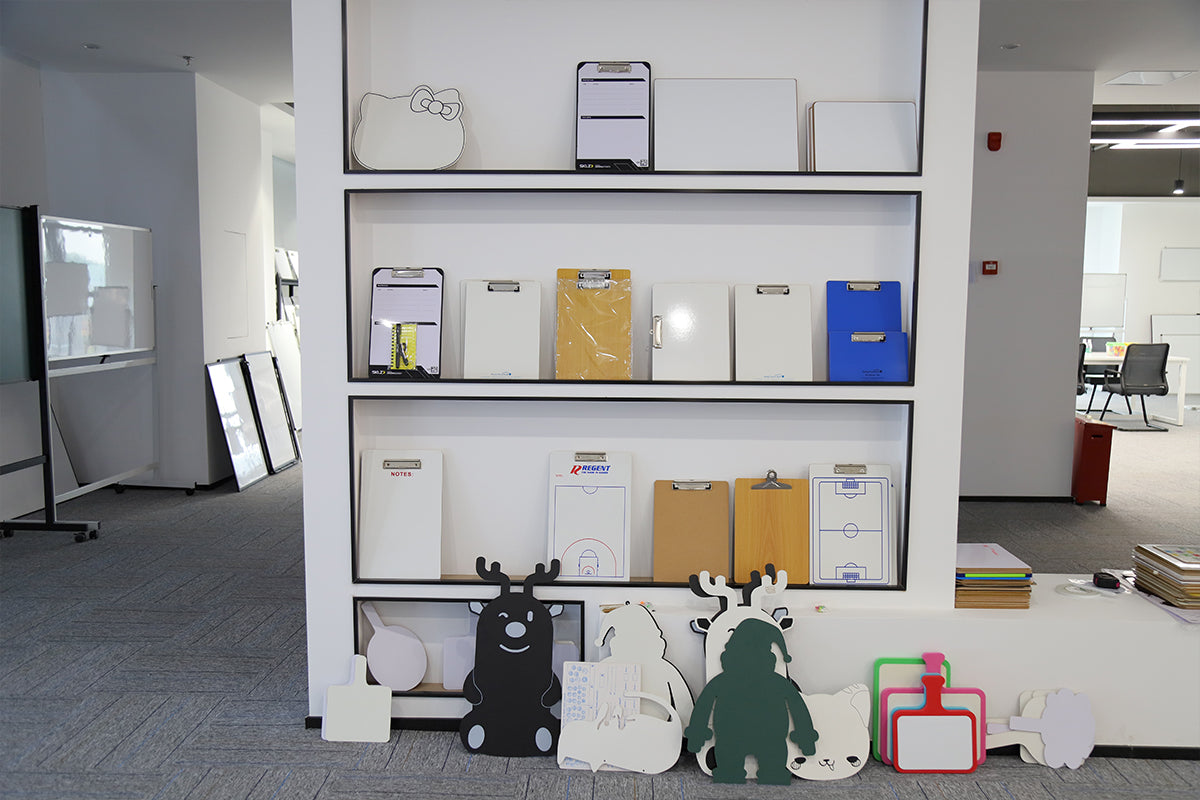Classroom Whiteboards for Students, Benefits of Whiteboards in the Classroom
Classroom whiteboards are essential tools for students to engage in interactive learning and foster collaboration. These versatile boards offer a wide range of benefits that can enhance the educational experience for students of all ages.

What are the Benefits of Using Classroom Whiteboards?
1. **Promotes Active Learning:** Whiteboards encourage students to actively participate in lessons by writing, drawing, and solving problems in real-time.
2. **Visual Aid:** Visual learners benefit from the use of whiteboards as they can see information presented in a clear and organized manner.
3. **Collaborative Environment:** Whiteboards promote group work and collaboration, allowing students to share ideas and work together on projects.
4. **Immediate Feedback:** Teachers can provide instant feedback on student responses, helping to reinforce learning and correct misconceptions.
5. **Versatility:** Whiteboards can be used for a variety of subjects, from math problems to brainstorming sessions, making them a versatile tool in the classroom.
How to Make the Most of Classroom Whiteboards?
1. **Interactive Activities:** Incorporate interactive activities that require students to use the whiteboard, such as group brainstorming sessions or solving problems together.
2. **Rotating Roles:** Assign different students to be the "whiteboard presenter" each day to encourage active participation and engagement.
3. **Visual Summaries:** Use the whiteboard to create visual summaries of lessons, key concepts, or important information to aid in retention.
4. **Peer Teaching:** Encourage students to teach their peers by using the whiteboard to explain concepts or demonstrate problem-solving techniques.
5. **Incorporate Technology:** Consider using interactive whiteboards that allow for digital annotations, multimedia presentations, and online collaboration for a more engaging learning experience.
By leveraging the benefits of classroom whiteboards and implementing interactive strategies, educators can create a dynamic learning environment that promotes student engagement, collaboration, and academic success.

